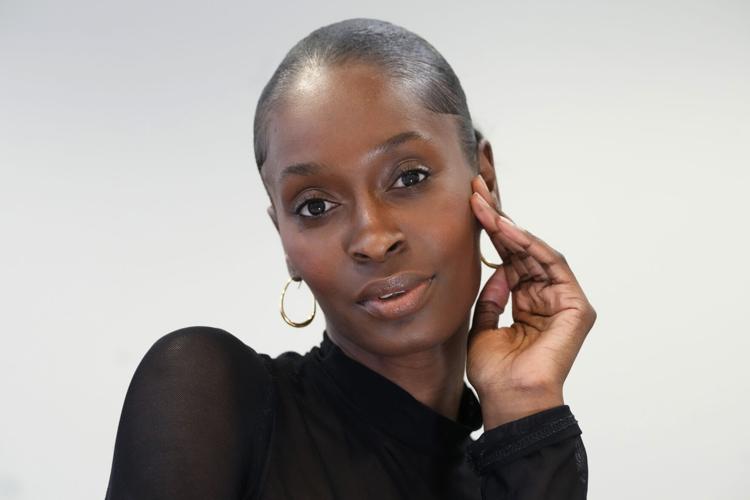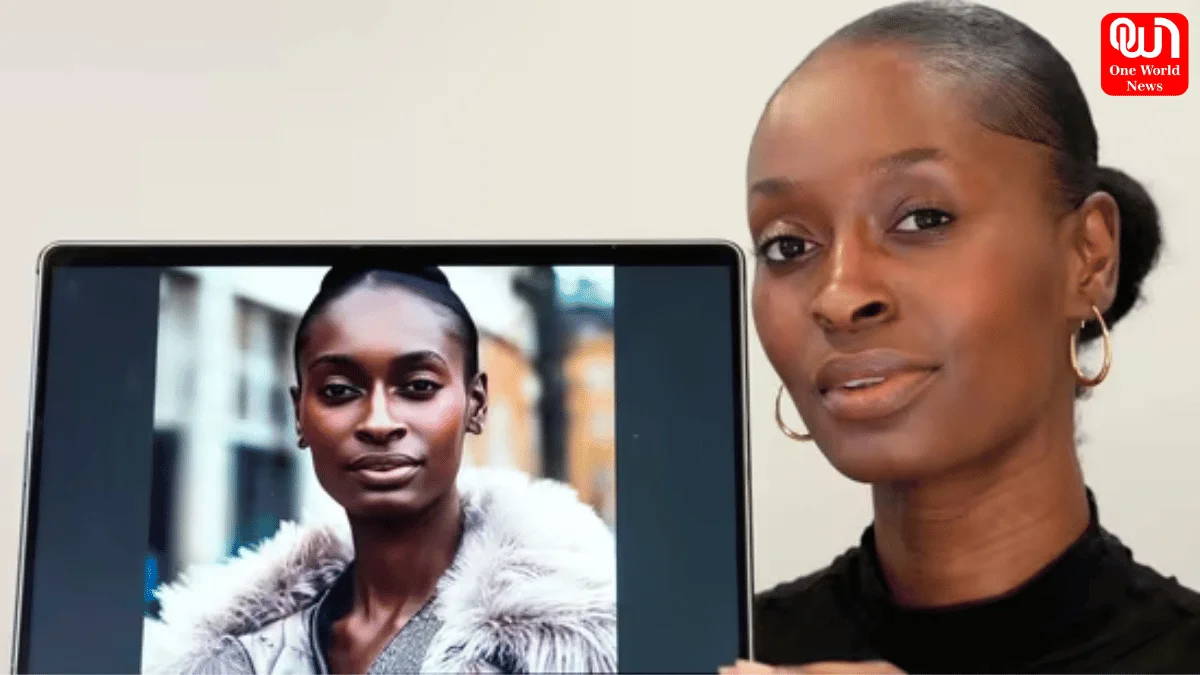AI-generated models could bring more diversity to the fashion industry or leave it with less
Exploring the impact of AI-generated models on fashion diversity: a delicate balance between innovation, equity, and ethical considerations.
Balancing Act: The Impact of AI-Generated Models on Diversity in Fashion
In the ever-evolving landscape of the fashion industry, the emergence of AI-generated models has sparked both excitement and concern. As technology infiltrates the realm of creativity, questions arise about its potential to enhance diversity or inadvertently diminish it. London-based model Alexsandrah’s experience with her AI twin epitomizes this duality, showcasing the complex interplay between innovation and equity.
Read more: What to keep in mind while getting a keratin hair treatment done
The Promise of Diversity: AI-generated models offer a promising avenue for diversifying representation within fashion. By transcending the limitations of traditional modeling, these digital counterparts can embody a spectrum of identities, from different body types to underrepresented demographics. For brands like Levi Strauss & Co., experimenting with AI models presents an opportunity to showcase a wider range of beauty standards and foster inclusivity in an industry notorious for its exclusivity.
The Pitfalls of Displacement: Yet, amid the excitement surrounding AI’s potential, concerns about job displacement loom large. Critics fear that the proliferation of digital models could marginalize human talent, relegating models, makeup artists, and photographers to the sidelines. Sara Ziff, founder of the Model Alliance, highlights the risk of AI perpetuating existing disparities, particularly for women of color who have historically faced barriers to entry in the fashion world.

Navigating Ethical Quandaries: The ethical implications of AI in fashion extend beyond representation to issues of consent and compensation. Yve Edmond’s experience underscores the need for transparency and accountability in the use of AI technology. Without proper regulations, models risk exploitation as their likeness is commodified for AI development without their consent or fair compensation.
The Role of Regulation: In the absence of comprehensive regulations, industry stakeholders must navigate a legal landscape akin to the Wild West. The Model Alliance’s advocacy for legislation like the Fashion Workers Act reflects a broader push for safeguards against exploitation in the digital age. Establishing clear guidelines for consent, compensation, and manipulation of digital replicas is essential to ensuring ethical practices within the fashion industry.
Forging Pathways to Equity: Despite the challenges posed by AI, there are opportunities for equitable collaboration and innovation. Michael Musandu’s vision for AI as a supplement rather than a substitute for traditional modeling underscores the potential for technology to enrich rather than replace human creativity. Alexsandrah’s partnership with The Diigitals exemplifies a symbiotic relationship between AI and human talent, paving the way for a more inclusive future in fashion.
We’re now on WhatsApp. Click to join.
Conclusion: As AI continues to reshape the landscape of the fashion industry, its impact on diversity remains a topic of debate and deliberation. While AI-generated models offer a tantalizing glimpse into a more inclusive future, the pitfalls of displacement and ethical quandaries underscore the need for careful navigation and regulation. By striking a balance between innovation and equity, stakeholders can harness the transformative potential of AI while safeguarding the rights and dignity of all involved.
Like this post?
Register at One World News to never miss out on videos, celeb interviews, and best reads.








